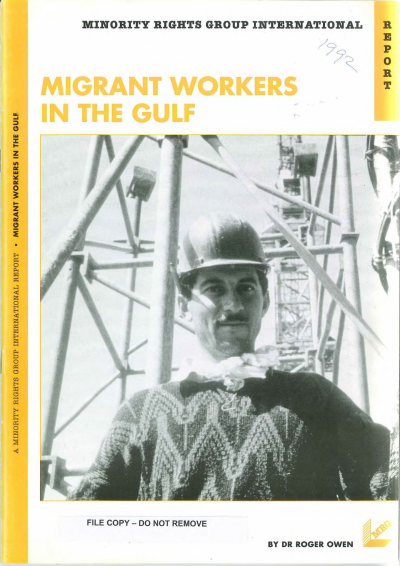Environment
Oman borders the Arabian/Persian Gulf, the Gulf of Oman, the Arabian Sea and lies between the United Arab Emirates, Saudi Arabia and Yemen. Its location next to the Gulf of Hormuz is critical to its strategic importance. Oman is heavily dependent on its oil income, amounting to 90% of its exports.
History
Inhabited and invaded for centuries, Oman was part of the Persian Empire, a Portuguese colony, Ottoman Empire and a British Protectorate. The present ruler, Sultan Qaboos, has ruled since 1970. He took over from his father, who had staunchly limited development in the country, and began the period of modernisation in Oman while at the same time garnering legitimacy for the state, which had been embroiled in civil war under his father, pitting the interior and the south against the coastal and capital area. The fighting was finally ended in 1975.
Governance
Oman is ruled by a hereditary monarchy. Sultan Qaboos has ruled the country as monarch since 1970 and also serves as the Prime Minister. He appoints his cabinet and the upper chamber. The lower chamber (Majlis al-Shura) is currently chosen by universal suffrage every four years. Yet both chambers have advisory powers only, although on some issues the lower chamber can question ministers. Political parties are prohibited.
Ibadi Islam traditionally believed in the rule of Imams, and this led to rebellions and revolts between factions believing in the rule of differing Imams. The last Imam to unite the whole of Oman, however, ruled until 1783. The titles of Imam and Sultan came to be distinguished in the mid-eighteenth century, partitioning therefore religious from political power. However, this led to years of tension between Muscat (the coastal areas) and the rest of Oman (the interior) in the early years of the twentieth century, requiring British intervention to re-establish the rule of Sultan Taymur, the father of Sultan Qaboos. Leftist forces from the south in Dhofar later also challenged central rule, and Oman was only unified in 1975.
